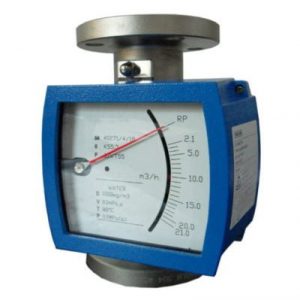The development of flow measurement can be traced back to ancient hydraulic engineering and urban water supply systems. In the time of Julius Caesar in ancient Rome, orifice plates were used to measure the amount of drinking water used by the population. Ancient Egypt used the weir method to measure the flow of the Nile around 1000 B.C. The famous Dujiangyan water conservancy project in China used the water level at the mouth of a treasure bottle to observe the size of the water, etc.
In the 17th century, Torricelli laid the theoretical foundation for differential pressure flow meters, which was a milestone in flow measurement. Since then, the 18th and 19th-century flow measurement of many types of instruments began to take shape, such as weir, tracer method, Pitot tube, venturi, volume, turbine and target flowmeter, etc.
In the 20th century due to the process industry, energy metering, and urban utilities on the rapid growth in demand for flow measurement, before prompting the rapid development of instruments, microelectronics, and computer technology leaps and bounds to greatly promote the instrument.
The rapid development of microelectronics and computer technology has greatly promoted the renewal of the instrument, the new flowmeter such as the spring-like emergence. So far, it is said to have hundreds of flow meters to the market, and the field use of many difficult problems can be expected to be solved.

Flow measurement is the study of the science of material change, the law of mass reciprocity is the basic law of the development of things, so its measurement object is no longer limited to the traditional sense of the pipeline liquid, where the need to grasp the quantitative changes have flow measurement problems.
Flow and pressure, temperature, and as the three major test parameters. For a certain fluid, as long as we know these three parameters can calculate the energy it has, the measurement of energy conversion must be detected in these three parameters.
Energy conversion is the basis for all production processes and scientific experiments, and therefore flow is as widely used as pressure and temperature instruments.
